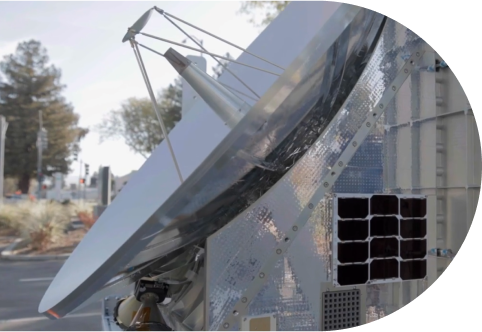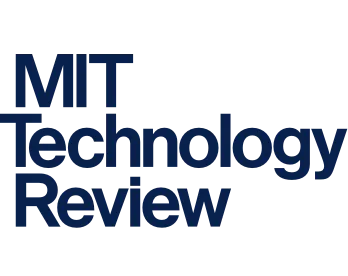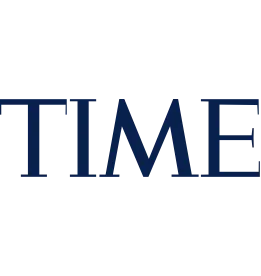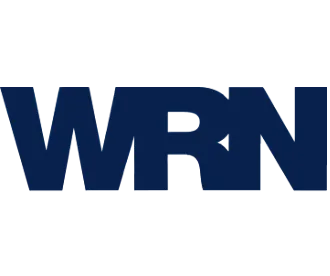Welcome to
Tomorrow.io
We are powering actionable weather insights around the world.
Our mission is to help countries, businesses, and individuals better manage their weather related challenges with the best information and insights.





















































 >
>




Why are we here?
Our approach to weather is different
In addition to our proprietary data and models, we have designed proprietary radar-equipped satellites and will begin launching dozens into space over the coming years.

Watch the Story Behind Tomorrow.io’s Historic Satellite Mission
In 2016, three students set out to conquer the world’s wildest force – the weather.
Nearly a decade later, this group of industry newcomers has launched a revolution in the weather and climate industry.
- Watch Video
Company Stats
Seed round 2016
4 Offices
150+ Employees
1000+ Customers
700+ terabytes of data
Leadership Team











Shimon Elkabetz
CEO, Co-Founder
Shimon served in the Israeli Air Force for 11 years in several managerial and commanding positions. Multiple near-death weather-related experiences during his service stoked a fascination with the weather, that little thing that affects us all. He’s also passionate about soccer and can recall any statistic whether you ask him to or not. Shimon holds a BA in economics from Ben Gurion University and an MBA from Harvard Business School.

Rei Goffer
CSO, Co-Founder
Rei served in the Israeli Air Force for ten years, managing R&D projects and cross-branch operations. He is passionate about developing technologies that change lives, and transforming seemingly crazy ideas into reality. Rei enjoys food — both cooking and eating, music and being in warm places. He holds a BA in economics from Ben Gurion University, an MBA from the MIT Sloan, and a Master in Public Administration from Harvard JFK School of Government.

Itai Zlotnik
CCO, Co-Founder
Itai served as an officer in an elite commando unit of the IDF for 6 years. Later he became a software engineer at Apple where he directed and implemented technologies related to the memory hardware in mobile products. Itai could probably win any professional food eating competition, and when not caring for his baby, he enjoys free diving. Itai holds a degree in electrical engineering from Tel Aviv University and an MBA from the MIT Sloan School of Management.

Leigha Kemmett
COO
Prior to joining Tomorrow.io, Leigha led and grew the finance, consumer products, and ad operations departments at Brat Inc, a startup that produces digital content for Gen Z. She previously spent time at both Disney and 20th Century Fox, focused on strategy, business development, and M&A. She started her career in investment banking. Leigha has a BA from Cornell University and an MBA from Harvard Business School. In her free time, you can find her hiking with her corgi.

Dan Slagen
CMO
Dan is a 4 time start-up executive specializing in scaling global go-to-market functions from early stage to $100M+ in ARR. With experience in both B2B and B2C at companies such as HubSpot and Wayfair, Dan has built teams across marketing, growth, sales, customer success, business development, and also founded and sold a video tech start-up of his own. A frequent contributor and advisor to the start-up community, Dan has spoken at more than 50 conferences and has been featured in The New York Times, The Wall Street Journal, Forbes, CNBC, TechCrunch, and Bloomberg TV amongst others. Above all else, Dan believes in creativity, drive, and a people first mentality.

Osnat Barak
Chief of People, Operations & Culture
Osnat has 18 years of People & Culture leadership experience from several global startups. In her last role, she was the VP of People at Sears Israel and supported the company as its employee-base grew 5X in 6 years. In addition, for the last couple of years, she volunteered in two NGOs as an Organizational Consultant. Osnat holds an MSc in Organizational Behavior from TA University along with a degree in Group Facilitation and Coaching. In her free time, you’ll find her chasing after her toddler twins.

Moti Karmona
GM SaaS & TLV Site Manager
Moti Karmona is a passionate executive with 25+ years of experience scaling disruptive products in the world’s fastest-growing markets. Currently Tomorrow.io’s General Manager of Saas, Moti has held key leadership roles, including Chief Product Officer, Chief Technology Officer, and Strategic Advisor, at organizations ranging from early-stage startups to Fortune 100 companies. Before Tomorrow.io, he led the Top10.com business unit at Natural Intelligence and previously served as a General Manager of Sears Israel’s Center-of-Excellence, along with VP of Social Commerce at ShopYourWay.com. He is also a two-time startup co-founder and serves as a board member at Appleseeds Academy, a nonprofit organization promoting Digital Equality. Above all else, Moti believes in embracing curiosity and building innovative solutions that not only serve a business purpose but make a meaningful impact on society.

Arun Chawla, PhD
Chief Weather Officer
Arun is a deeply experienced leader in weather modeling and forecasting infrastructure, bringing over 17 years in numerical modeling, directing engineering teams and driving strategic initiatives in software development and cloud infrastructure. He most recently served as Chief of Engineering and Implementation at the National Oceanic and Atmospheric Administration (NOAA), where he spearheaded the transition to open source software and cloud solutions to ensure accurate and timely weather forecasts. Currently, he serves as Chief Weather Officer at Tomorrow.io, leading the Weather Modeling, Data Assimilation and Post Processing team to deliver the most cutting-edge weather intelligence and climate adaptation technology in the market.

Jonathan Shamay Draluck
Chief Legal Officer
Jonathan has served as the top attorney for two previous explosive-growth start-ups. At major law firms and IT consulting practices he has driven SaaS offerings, Cloud migration, AI platforms, M&A, financing, patent licensing, sponsored R&D, manufacturing, cybersecurity, and compliance — for emerging and established life sciences, healthcare, financial services, software, platform, and content companies. Jonathan also closed a $950 million Department of Defense contract, licensed solutions and guided offerings to dozens of Fortune 100 brands, and supported data center, undersea cable, and other infrastructure builds, leasing, and operation throughout the world. Previously Jonathan lived in Bucharest where he advised the Romanian government on EU admission and litigated antitrust matters for the U.S. Federal Trade Commission. He is licensed in Israel and the U.S.

Jason Lin
Chief Financial Officer
Jason is a growth focused finance leader with over two decades of SaaS, FP&A and
financial leadership experience. Prior to joining Tomorrow.io, Jason was the CFO at Centage
Corporation, a private equity backed fintech company in the Boston area. He’s focused his
career on enhancing operational efficiency and driving growth in fast-paced tech environments.
Outside of work, Jason is a passionate Boston sports fan (is there any other kind?) and a father
of four. He earned his bachelor’s degree in finance from the Isenberg School of Management at
the University of Massachusetts and his MBA from Fitchburg State University.
TomorrowNow.org
Our work with developing countries
By improving access to weather data globally, we can save and transform billions of lives.

Press












Board of directors

Philippe Schwartz
Partner, Square Peg Capital

Rich Boyle
General Partner, Canaan

Eyal Shavit
President, Axcessnet

Chris Cheever
Founder & Partner, Fontinalis Partners

Shimon Elkabetz
CEO, Co-Founder, Tomorrow.io

Rei Goffer
CSO, Co-Founder, Tomorrow.io

Itai Zlotnik
CCO, Co-Founder, Tomorrow.io
Investors and partners




















Advisory

Kerri Cahoy
Director, MIT Space Telecommunications, Astronomy and Radiation Lab
Co-Director, MIT Small Satellite Center; Stanford University

Rear Admiral Tim Gallaudet, PhD, US Navy (Ret)
Former NOAA Deputy Administrator
Commander, US Navy Meteorology and Oceanography Command

Marshall Shepherd, PhD
Director, UGA Atmospheric Sciences Program
Elected to National Academy of Engineering
Former AMS President

Bruce Simpson
Former Senior Partner at McKinsey
Senior Advisor to Blackstone and McKinsey on ESG/Purpose

Keith Masback,
US Army (Ret)
Former CEO, US Geospatial Intelligence Foundation
Former Senior Executive at NGA

Steve Smith
Former NASA Astronaut
Director, International Space
Station US National Laboratory